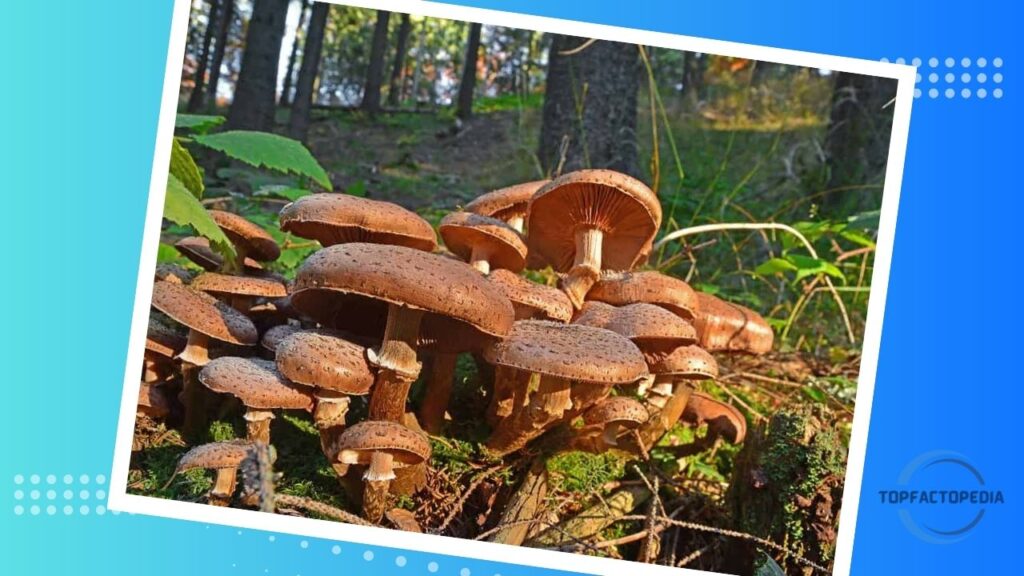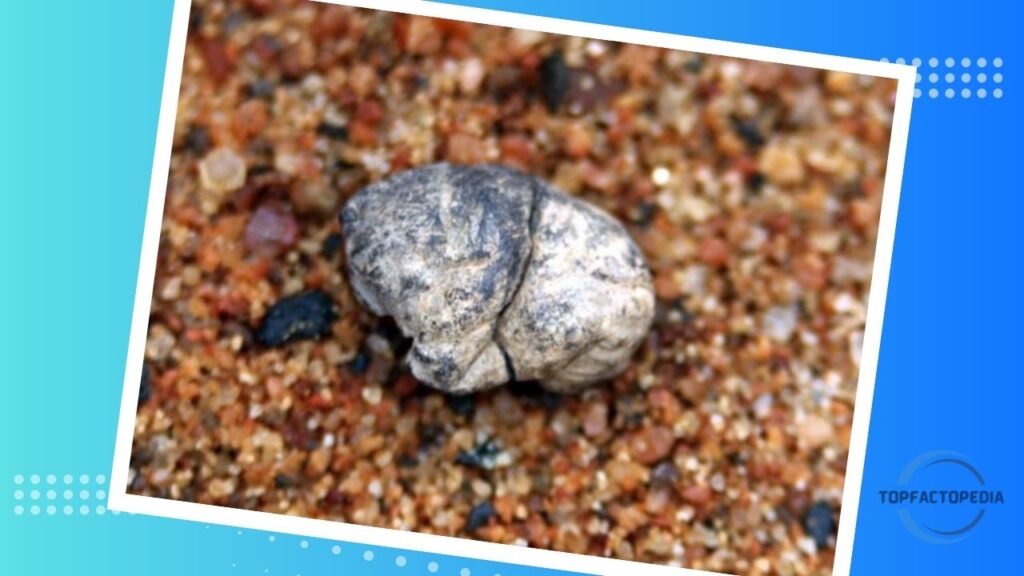
Have you ever been presented with information that completely blew your mind? Something that caused you to question how you could have lived your life for such a long time without being aware of it. Now, brace yourself for even more of those jaw-dropping moments, because I’m about to share with you some unbelievable facts about the world that you probably weren’t aware of just five minutes ago.
Fact #1:
A hill in New Zealand bears what is widely considered to be the longest name in the world. The complete name of the mountain is.
Taumatawhakatangihangakoauauotamateaturipukakapikimaungahoronukupokaiwhenuakitanatahu and it has 85 letters.

This name is so lengthy that it currently holds the record for the longest place name in the history of the Guinness Book of World Records. The name is derived from a combination of several words in the indigenous Maori language of New Zealand, which is the language spoken by the people who originally inhabited the land.
Fact #2:
There is a town in Norway where the sun does not rise for five months out of the year and does not set for the remaining five months of the year. Longyearbyen is the name of the community, and the Arctic Circle is where it can be found.

Because of its high latitude, the winter months in Longyearbyen are characterised by extremely long and dark polar nights. The town is in complete darkness from the end of October through the middle of February because there is no direct sunlight. During this time, the town is illuminated only by the moon and the northern lights, providing guests with a one-of-a-kind and hypnotic opportunity to witness these natural phenomena.
You may also like: 9 Most Fearless Lovers of All Time – Love Stories
Fact #3:
“I am” is the sentence with the fewest characters in its entirety in the English language. This short and straightforward sentence is grammatically sound because it possesses both a subject and a verb.

It is a widely held belief that “I am” is the shortest complete sentence in the English language, and it is frequently utilised as an example to demonstrate fundamental grammatical structures in the English language. Having said that, the statement in question is somewhat deceptive.
Fact #4:
The world’s largest living organism is a fungus that can be found in Oregon and covers more than 2,200 acres. Armillaria ostoyae is the name of the fungus, and its age has been calculated to be somewhere around 2,400 years.

There is a species of parasitic fungi known as the honey mushroom that develops underground and feeds on the roots of nearby trees. It does this by producing structures similar to threads called rhizomorphs, which have the ability to grow up to 10 feet (3 metres) in a single day. This gives it the ability to rapidly colonise new areas of forest.
Fact #5:
Lego, not Michelin or Goodyear, is the company that holds the title of largest tyre manufacturer in the world. Each year, the toy manufacturer produces more than 318 million miniature tyres.

Lego is a well-known toy brand that produces a wide variety of plastic building blocks and other playsets. These toys can be assembled into a variety of models. LEGO playsets are designed to be enjoyed by people of all ages, including adults, and they are available in a wide range of themes, such as space, cities, superheroes, and more. In addition to manufacturing popular building sets, this company also creates video games, movies, and other merchandise based on the themes of those building sets.
You may also like: 10 Most Bravest Communities in the World
Fact #6:
The province of Manitoba in Canada is home to the largest snow maze in the world, which covers an area of more than 10,000 square feet. The time needed to find one’s way through the maze is approximately half an hour.

Snow is typically blown in from a nearby ski slope to create the Great Vermont Corn Maze’s annual snow maze during the winter months. The snowy labyrinth has a surface area of approximately 10,000 square feet (930 square metres) and features snowy walls that reach heights of up to 12 feet (3.6 metres).
Fact #7:
Over 9,000 years have passed since the creation of the world’s oldest piece of chewing gum. Archaeologists in Finland discovered a piece of birch bark tar that had teeth marks on it, indicating that it had been used for chewing. The teeth marks were found on the piece.

During the course of an archaeological dig at a site in the southern region of Finland, researchers came across several clumps of a dark, tar-like material. Within these clumps, the researchers found remnants of ancient chewing gum. After conducting an investigation, it was discovered that the substance originated from the sap of the birch tree. The sap was first heated, and then it was cooled, in order to produce a gooey substance that could be chewed.
Conclusion
the world is full of fascinating and unbelievable facts that never cease to amaze us. There is always something new to learn and discover about our world, whether it be natural wonders or cultural oddities. These truths jolt our memories with the complexity and richness of the world in which we live, and they encourage us to investigate, inquire about, and appreciate the marvels that surround us. Whether it’s the largest snow maze in the world or the oldest piece of chewing gum, every new fact contributes to our comprehension and appreciation of the world. It also encourages us to continue exploring and uncovering the incredible and unbelievable aspects of our planet.
Few More Queries
- What is a kid fact of the day?
About 75% of your brain is made of water. Your heart beats about 115,000 times a day. Jupiter is the fastest-spinning planet in the solar system.
- What is a fun fact about humans?
You are about 1cm taller in the morning when you first get up than when you go to bed. This is because during the day the soft cartilage between your bones gets squashed and compressed. 8. If you walked for 12 hours a day, it would take the average person 690 days to walk around the world.
- What is a fun science fact?
The oceans produce the majority of the oxygen on Earth. According to the National Oceanic Service, we can thank plant-based marine organisms for all that fresh air. More than half of the world’s oxygen is produced by plankton, seaweed, and other photosynthesizers.



